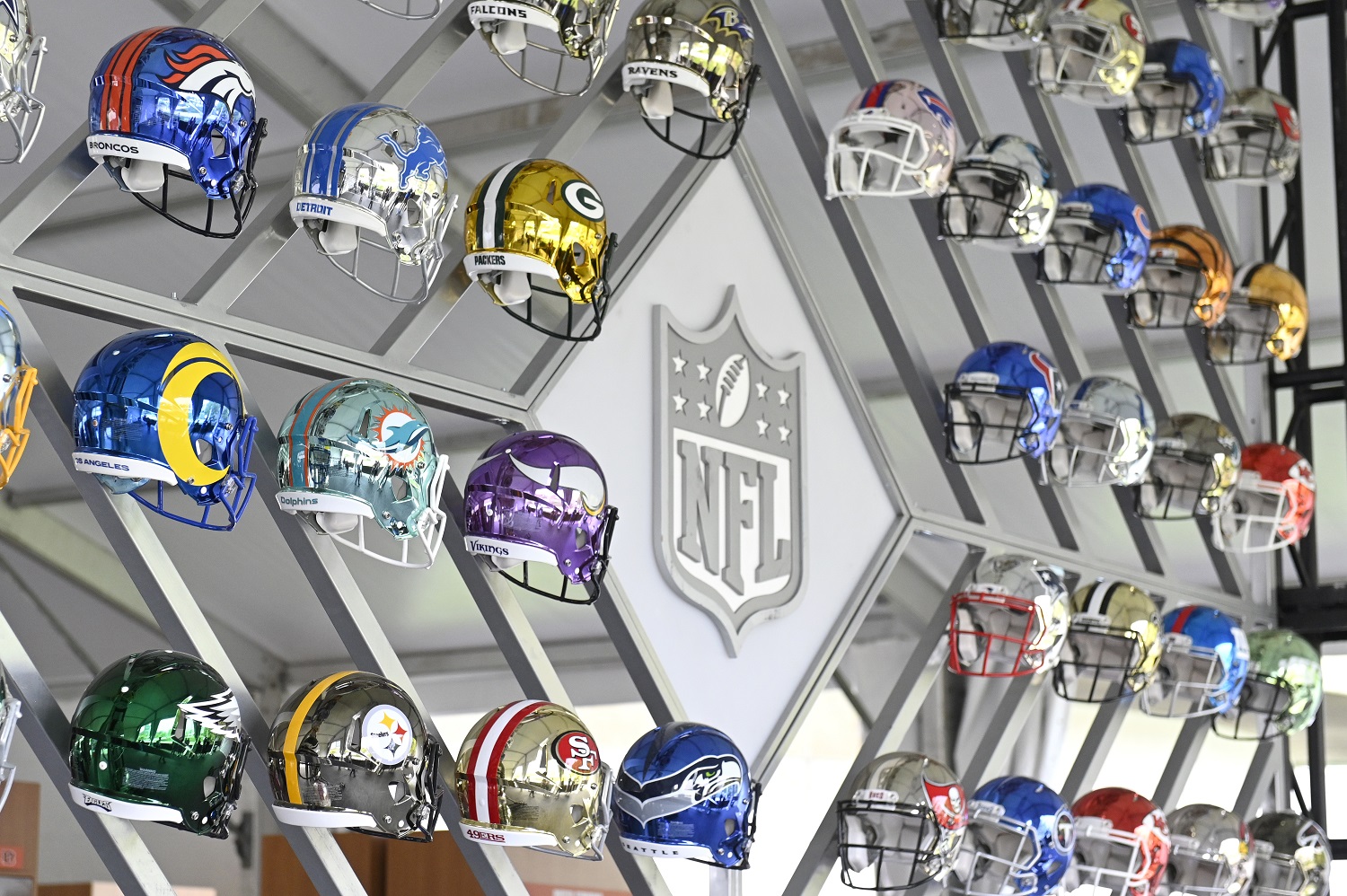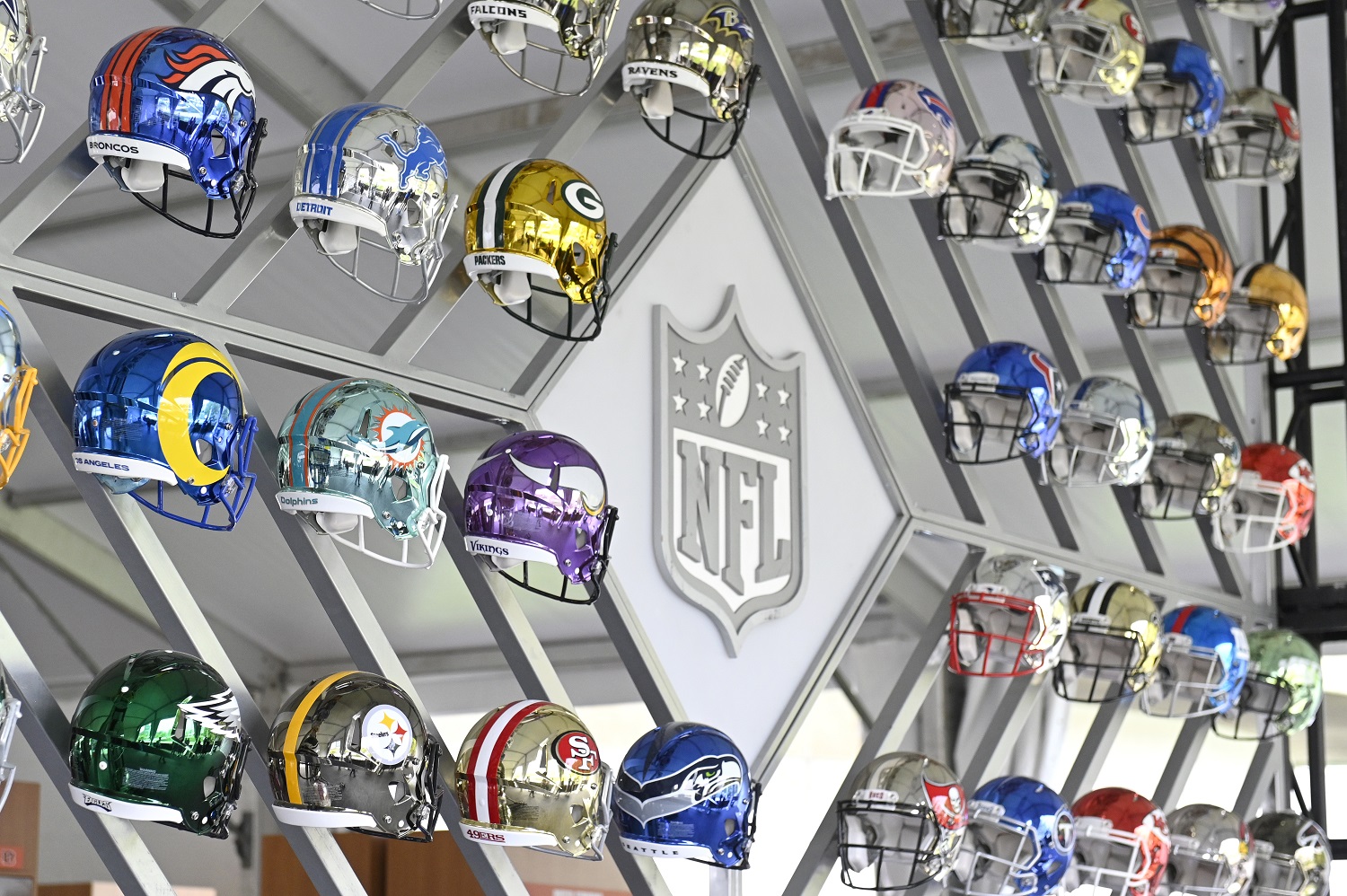NFL
How Do NFL Rookie Draft Picks Get Paid?

There is still the formality of signing a contract, but 32 college football stars will become multi-millionaires during the first round of the 2021 NFL draft on Thursday. Trevor Lawrence and the rest of the quarterbacks will get the attention, but all the players will get the money.
However, there will be a new twist to paying this year’s crop of rookies, and it will matter most to the players in the lower rounds on Saturday.
The NFL changed the way it paid rookie draft picks in 2011

RELATED: Roger Goodell Is Bringing Back an NFL Draft Tradition
Sam Bradford arrived in the NFL just under the wire. When the St. Louis Rams made him the No. 1 pick in the 2010 NFL draft, the league was operating under its traditional model. Every contract negotiation was an independent event not pegged to a pay scale. If the 10th and 12th players selected reached agreements with their new teams first, then the No. 11 pick had an approximate range to shoot for in his own negotiations. But neither the team nor the player was obligated to accept that guidance.
Quarterbacks back then always commanded more than linebackers, and the lengths of contracts could vary. That’s how Bradford landed a six-year, $78 million contract a year after Matthew Stafford and the Detroit Lions settled on $72 million.
The 2011 collective bargaining agreement ushered in a new era. The deal spelled out the approximate value of every slot from the top of the first round to Mr. Irrelevant at the end of the seventh round. There was some wiggle room when it came to workout bonuses and a few other perks, but the days of a $20 million receiver sandwiched between two $50 million quarterbacks ceased.
As a result, Cam Newton led off the 2011 NFL draft with a four-year contract worth $22 million. The growth of the league netted Joe Burrow a touch under $36.2 million last spring.
Trevor Lawrence’s net worth jumps by $36.8 million at 8:15 p.m. ET
Football experts have said for months that the Jacksonville Jaguars are selecting Clemson quarterback Trevor Lawrence with the first pick in the 2021 draft. It should not take long for the two sides to hammer out their deal, and Spotrac.com projects the actual value of the contract to work out to $36,864,130. Of that, $24,170,276 is a signing bonus, and Lawrence collects the rest in salary over the next four seasons.
From there, first-round contracts drop down to a mostly guaranteed $11,187,302 for the No. 32 pick. By the end of the second round, the sum slips to $5,539,396. The last pick of the final round, owned by the Super Bowl-champion Tampa Bay Buccaneers, checks in at $3,556,407 – but with only a fraction of the deal guaranteed.
There is a new twist to how the rookies will be paid
RELATED: Trevor Lawrence, Justin Fields, and Mac Jones Could Make History Together in the 2021 NFL Draft
Signing bonuses can be paid out upfront on smaller contracts or spread out over the duration of the deal for larger sums. Annual salaries are a different matter, and the NFL is making a big change this year.
In the past, every player making the regular-season roster drew his salary over 17 installments beginning with the Week 1 game. Now, teams will be paying every rookie and veteran over 36 weeks instead of 17.
As the Huddle Up website explains, most NFL rookies enter the league when they’re 21 or 22 years old, and the low end of the base salary is around $600,000, still an impressive entry-level figure. However, hardly anyone that young has experience managing large sums of money, and not all seek out experts to help them do it.
Reducing those weekly checks from perhaps $35,000 to around $17,000 isn’t going to stop a rookie from running out to buy a car with that first check. Maybe, however, he takes a pass on the $50,000 SUV and buys a more practical and affordable Kia Forte instead.
Like Sportscasting on Facebook. Follow us on Twitter @sportscasting19.











